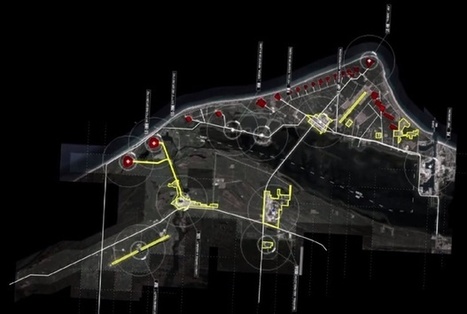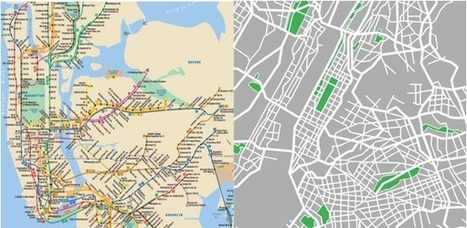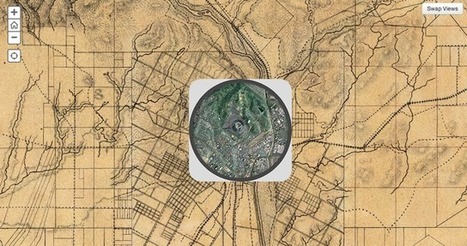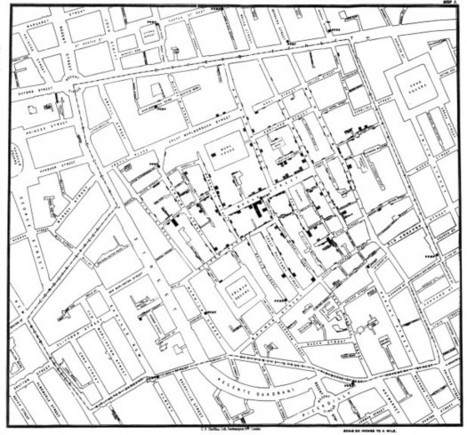The 'extended urbanization' of space.
Right now, there are about 1,100 satellites whizzing above our heads performing various functions like observation, communication, and spying. There are roughly another 2,600 doing nothing, as they died or were turned off a long time ago.
How did each of these satellites get up there? And what nations are responsible for sending up the bulk of them?
The answers come in the form of this bewitching visualization of satellite launches from 1957 – the year Russia debuted Sputnik 1 – to the present day. (The animation starts at 2:10; be sure to watch in HD.) Launch sites pop up as yellow circles as the years roll by, sending rockets, represented as individual lines, flying into space with one or more satellites aboard.
More information at the link.
Via Lauren Moss



 Your new post is loading...
Your new post is loading...














Frise chronologique très impressionnante et détaillée (par type d'orbite de satellites) !
An incredible graph!
http://netiquetteiq.blogspot.com